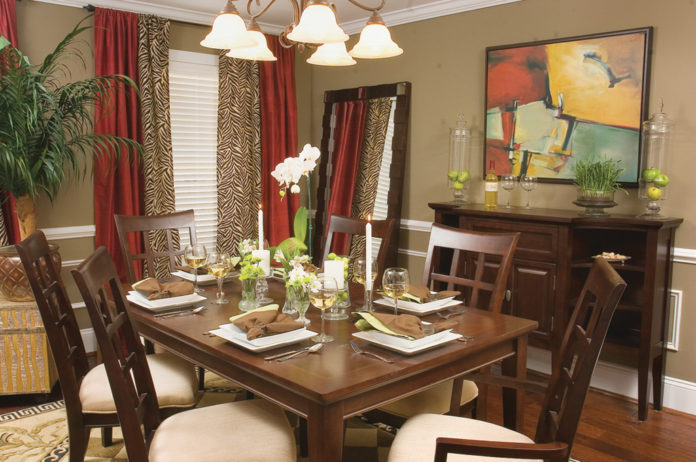Formal dining and living spaces could once be found in every home. But such rooms are becoming more and more rare, thanks in large part to the rising popularity of multipurpose open spaces.
As early as 1992, architects and builders were predicting the demise of formal living spaces in homes. At that year’s International Geographical Congress, architectural geographer Artimus Keiffer estimated the living room and dining room would disappear from the American residence in the next century, to be replaced by the family-entertainment room and the computer room. According to North Carolina-based builders Stanton Homes, many home buyers have inquired about converting their formal dining rooms into office spaces or rooms to be used for purposes other than dining.
The National Association of Home Builders also released a special report listing home features expected to become the norm within the next several years. More than half of the NAHB study participants expected the living room to merge with other spaces in the home, while 30 percent expected it to vanish to save on square footage.
So what is taking the place of living rooms and dining rooms? Great rooms and open-concept kitchens have steadily caught the eyes of designers and homeowners alike. Such rooms enable a free flow between lounging and entertaining spaces and the heart of the home — the kitchen. On-the-go families may not be sitting down to the same formal dinners they once were, or they don’t need the pomp and circumstance of formal meals. Large eat-in-kitchens function well for family meals and even for entertaining friends in a relaxing way.
Thanks to the advent of wireless technology and mobile devices, home residents no longer need to be relegated to one room in the house for their media watching or computer use. This may have helped to accelerate the disappearance of living rooms. In addition, the concept of devoting one space as a media-free zone (traditional formal living or sitting rooms tend to be tech-free) may seem antiquated to this plugged-in generation. Rooms that are comfortable and serve various purposes better suit today’s homeowners.
The rules that once governed the traditional home floor plan are more fluid than ever. Homeowners’ preferences are having a greater impact over which rooms are now being included in new homes and which ones are soon to be history.


